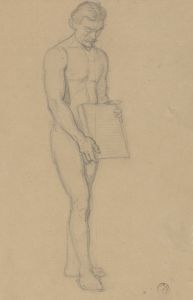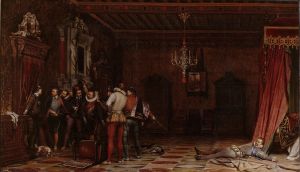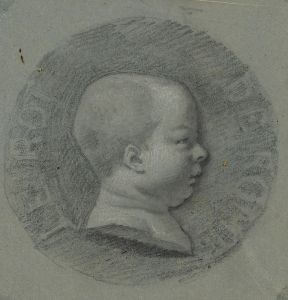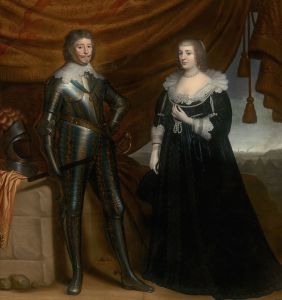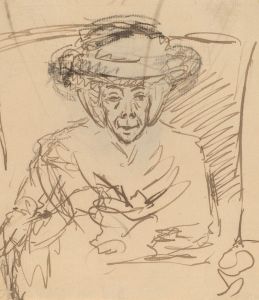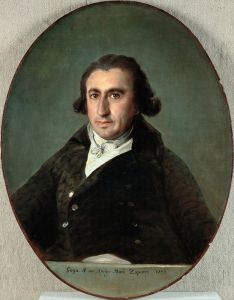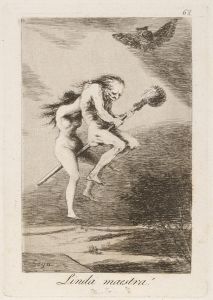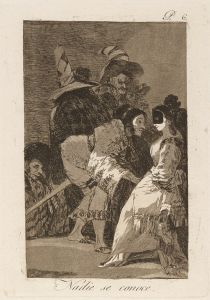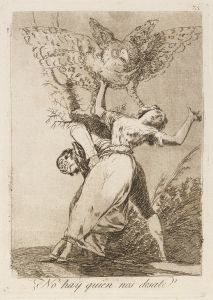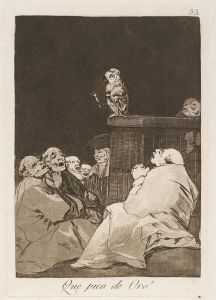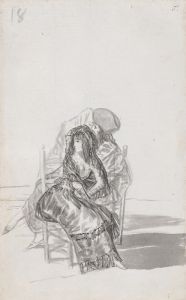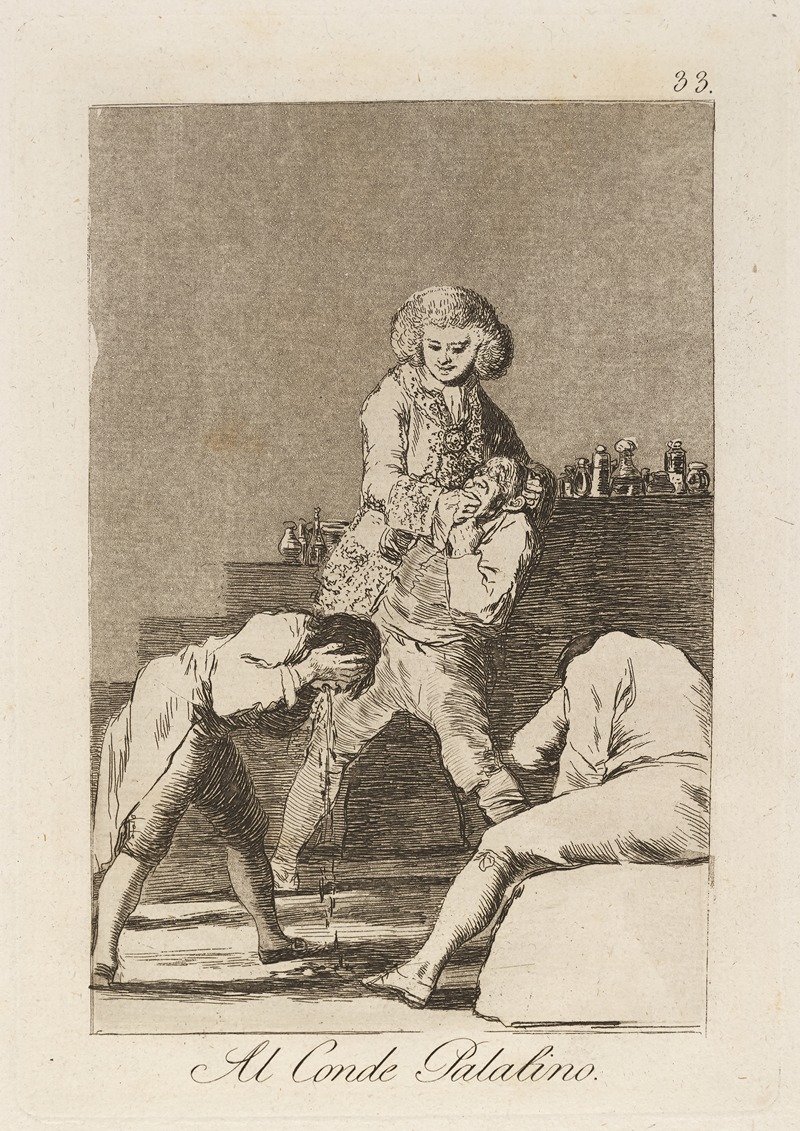
Al Conde Palatino.
A hand-painted replica of Francisco de Goya’s masterpiece Al Conde Palatino., meticulously crafted by professional artists to capture the true essence of the original. Each piece is created with museum-quality canvas and rare mineral pigments, carefully painted by experienced artists with delicate brushstrokes and rich, layered colors to perfectly recreate the texture of the original artwork. Unlike machine-printed reproductions, this hand-painted version brings the painting to life, infused with the artist’s emotions and skill in every stroke. Whether for personal collection or home decoration, it instantly elevates the artistic atmosphere of any space.
Francisco de Goya, a prominent Spanish romantic painter and printmaker, is known for his profound impact on the art world, particularly during the late 18th and early 19th centuries. However, there is no widely recognized painting titled "Al Conde Palatino" by Francisco de Goya. It is possible that the title may refer to a lesser-known work, a misattribution, or a misunderstanding of the title. Goya's oeuvre includes a vast array of paintings, drawings, and prints, many of which are well-documented and studied extensively.
Goya's most famous works include "The Third of May 1808," "Saturn Devouring His Son," and the series of prints known as "Los Caprichos." His art often reflects the social and political upheavals of his time, characterized by a deep exploration of human nature, emotion, and the darker aspects of society. Goya's style evolved significantly throughout his career, transitioning from the Rococo influences of his early tapestry cartoons to the more somber and introspective tones of his later works, often referred to as his "Black Paintings."
If "Al Conde Palatino" is indeed a reference to a specific work by Goya, it is not part of the commonly recognized catalog of his paintings. Goya's documented works have been extensively cataloged by art historians, and any lesser-known pieces would typically be included in comprehensive studies or collections of his work. It is also possible that the title could refer to a portrait or a commission that has not been widely publicized or is part of a private collection, thus limiting available information.
In the absence of specific information about a painting titled "Al Conde Palatino," it is essential to rely on verified sources and documented works when discussing Goya's contributions to art. His influence remains significant, with his works housed in major museums worldwide, including the Prado Museum in Madrid, which holds the most extensive collection of his paintings.
For those interested in exploring Goya's art, it is recommended to refer to established art historical resources, museum collections, and scholarly publications that provide detailed analyses and insights into his life and works. These sources offer a comprehensive understanding of Goya's artistic legacy and the historical context in which he created his masterpieces.
In conclusion, without verifiable information or recognition of "Al Conde Palatino" as a work by Francisco de Goya, it is not possible to provide a detailed description or analysis of such a painting. Researchers and enthusiasts should consult authoritative sources for accurate information on Goya's art.





